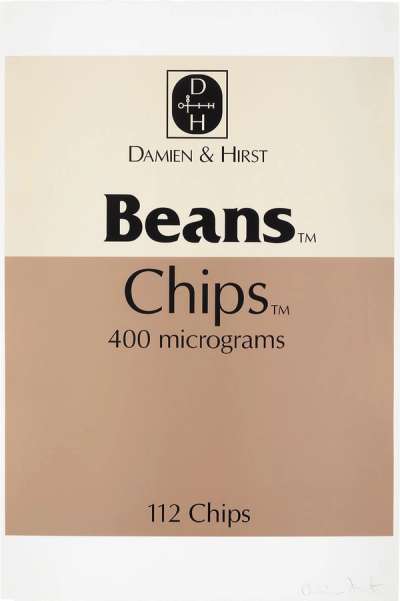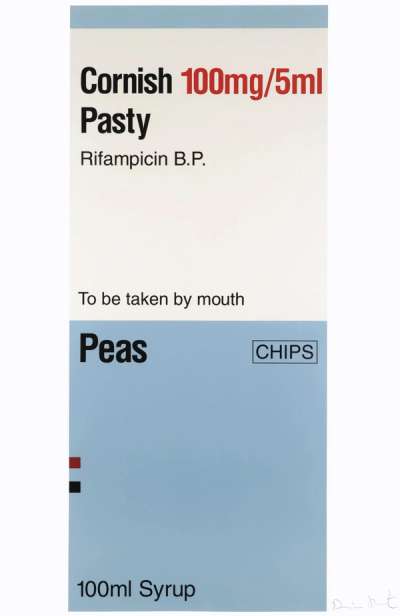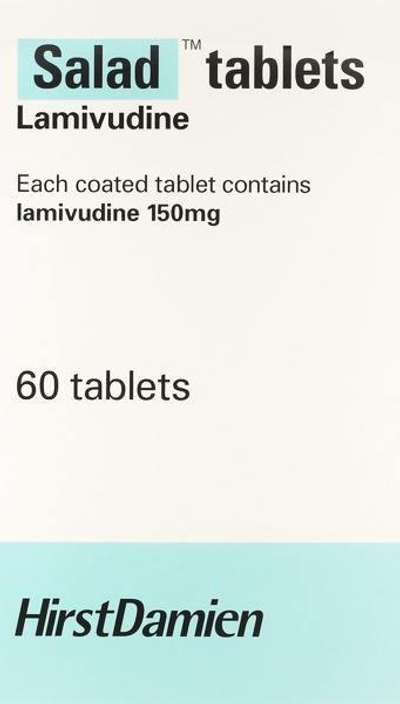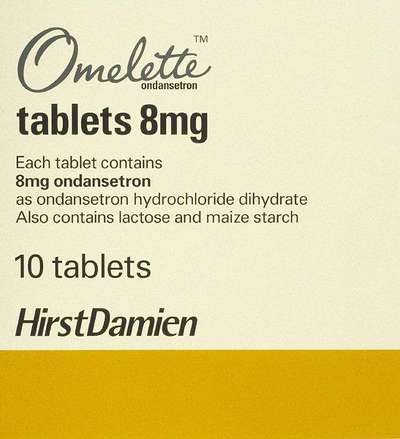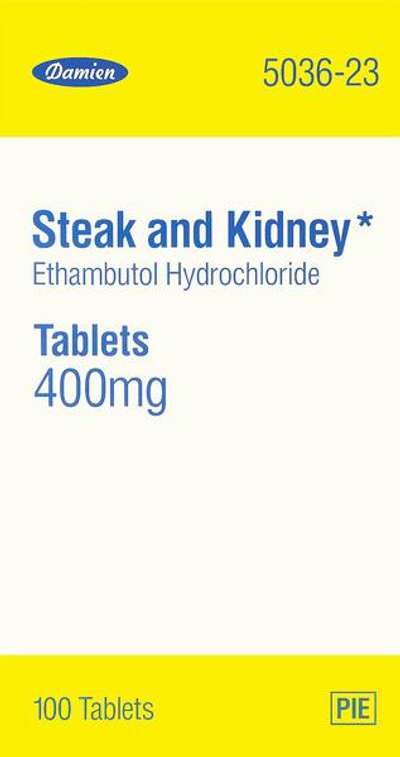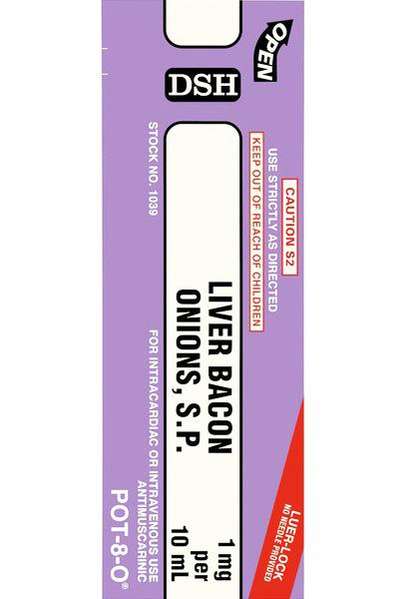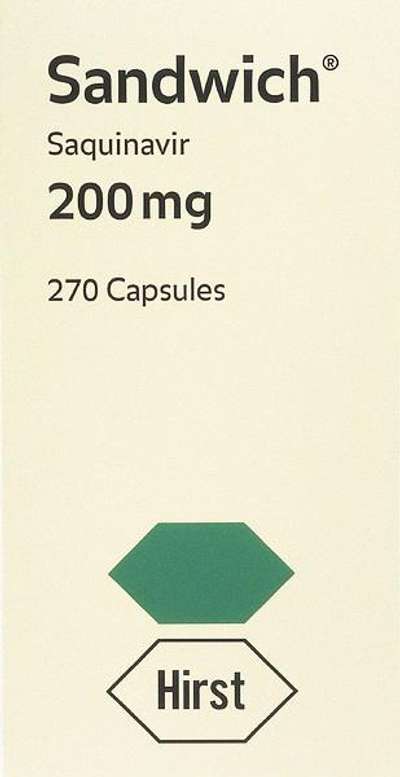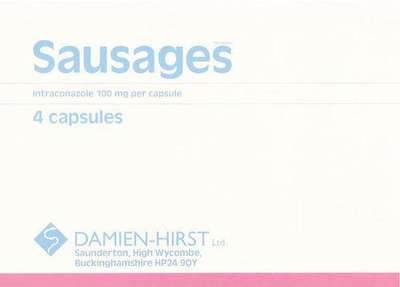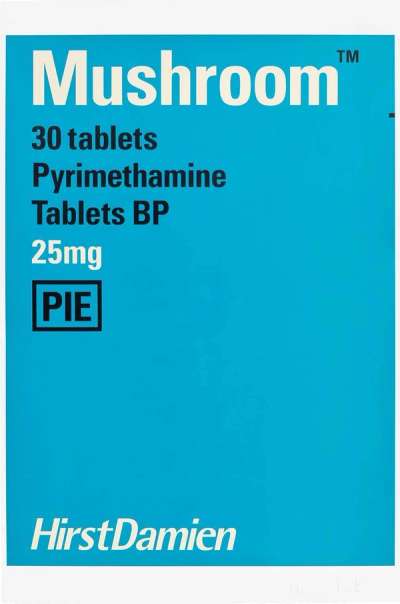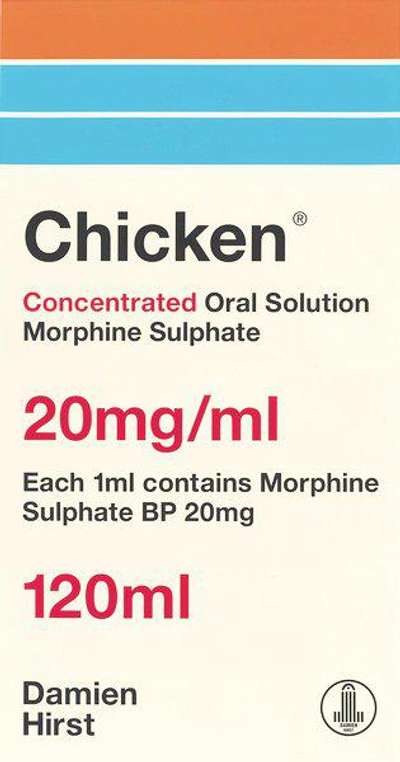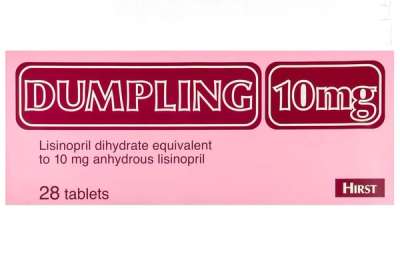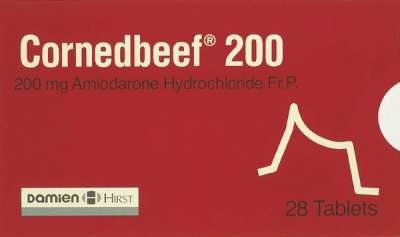
Meatballs

Meatballs
Signed Print
Damien Hirst
Price data unavailable
AAGR (5 years) This estimate blends recent public auction records with our own private sale data and network demand.
There aren't enough data points on this work for a comprehensive result. Please speak to a specialist by making an enquiry.
Medium: Screenprint
Edition size: 150
Year: 1999
Size: H 102cm x W 153cm
Signed: Yes
Format: Signed Print
TradingFloor
Track this artwork in realtime
Watch artwork, manage valuations, track your portfolio and return against your collection
Track auction value trend
Auction Results
| Auction Date | Auction House | Location | Hammer Price | Return to Seller | Buyer Paid |
|---|---|---|---|---|---|
| June 2022 | Phillips London | United Kingdom | |||
| September 2021 | Sotheby's Online | United Kingdom | |||
| March 2018 | Forum Auctions London | United Kingdom | |||
| May 2016 | Artcurial | France | |||
| March 2016 | Christie's New York | United States | |||
| April 2008 | Christie's London | United Kingdom | |||
| May 2000 | Christie's New York | United States |
Meaning & Analysis
Created in 1999, published as an edition of 150, The Last Supper is a series of 13 silkscreen prints by artist Damien Hirst. Imitative of pharmaceutical packaging, Meatballs uses a simple, limited pallet of four colours. The word ‘Meatballs’ replaces the medicine name, and in place of the manufacturer's logo Hirst creates another, using his own name. Hirst combines the pharmaceutical detail with his added food related content humorously: ‘Store in a dry place’ is followed by the word ‘Gravy’.
In this series Hirst takes everyday, cafeteria foods and holds them up to Christian faith and the perceived glamour of pharmaceuticals. He shows us how these medicines have become commonplace, their packaging familiar and the contents trusted. For Hirst our relationship with medicine is a belief system, very much like art or religion.
Pharmaceutical imagery, glamour and idolisation can be found early in the artist’s career in his Medicine Cabinet series. Empty medicine packaging is displayed in cabinets under titles including ‘Holidays’, ‘New York’ and ‘God’. Later, he uses similar cabinets to display brightly coloured pills and cubic zirconia.
Hirst’s ongoing questioning of human faith can be found again and again throughout his work. Signed and unnumbered (as is true of all prints in the series) this print can be considered an important piece within the artist’s catalogue raisonné.
Damien Hirst, born in Bristol in 1965, is often hailed the enfant terrible of the contemporary art world. His provocative works challenge conventions and his conceptual brilliance spans installations, paintings, and sculptures, often exploring themes of mortality and the human experience. As a leading figure of the Young British Artists (YBA) movement in the late '80s, Hirst's work has dominated the British art scene for decades and has become renowned for being laced with controversy, thus shaping the dialogue of modern art.
